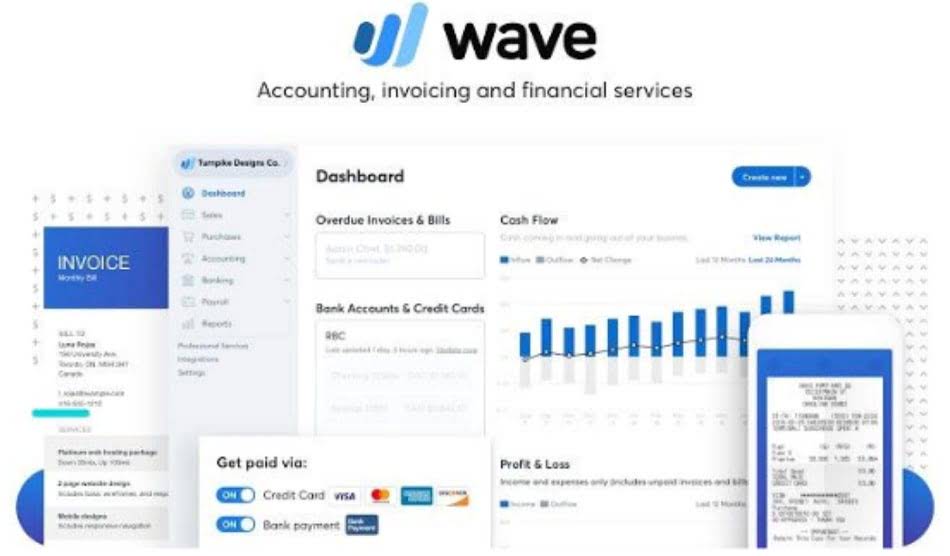Cost of Goods Sold COGS: Meaning, Formula, and How to Calculate
While the gross margin is the standard metric used to analyze the direct costs of a company, the COGS margin is the inverse (i.e., one subtracted by gross margin). For companies attempting to increase their gross margins, selling at higher quantities is one method to benefit from lower per-unit costs. In addition, the gross profit of a company can be divided by revenue to arrive at the gross profit margin, which is among one of the most frequently used profit measures.
What is cost of goods sold and how do you calculate it?
Costs of materials include direct raw materials, as well as supplies and indirect materials. No, for an expense to fall into the category of cost of goods sold it must be directly attributed to the making of a specific product. For each of the above accounting methods, a certain amount of accounting acumen helps when gathering the information for your income statement. FreshBooks offers COGS tracking as part of its suite of accounting features. It can help you track and categorise your expenses more accurately.
Ask Any Financial Question
The balance sheet only captures a company’s financial health at the end of an accounting period. This means that the inventory value recorded under current assets is the ending inventory. COGS reflects the direct costs of creating and delivering your product – which is the reason you have a business in the first place. But as you know, a lot more goes into running a business than just creating a thing and selling it. The workers making your product or service need somewhere to work. The product needs to be marketed so that people want to buy it, and prospective buyers need their questions answered and their options explained.
- If you have very detailed information from a company, you may be able to calculate COGS directly.
- During this year the company produced 10 more cars at the same cost.
- As revenue increases, more resources are required to produce the goods or service.
- Overheads and indirect costs like rent, utilities, and employee salaries for non-production tasks are not included.
- For example, if 500 units are made or bought, but inventory rises by 50 units, then the cost of 450 units is the COGS.
LIFO Method
He has a proven track record of success in cost accounting, analyzing financial data, and implementing effective processes. He holds an ACCA accreditation and a bachelor’s degree in social science from Yerevan State University. Finally, the business’s inventory value subtracts from the beginning value and costs. This will provide the e-commerce site with the exact cost of goods sold for its business.
These include the shipping, freight charges and other utility expenses such as office rent, electricity, water bill, etc. At the end of the day, COGS is a useful part of the formula when evaluating a company, but should be considered alongside other metrics to paint a larger picture. Since no goods are produced, the concept of COGS is translated a little differently but amounts to the same idea — that is, what it costs to be able to offer the service. The primary downside of COGS is that it can be easily manipulated. It’s hard to check inventory numbers, for example, and a lower COGS can inflate profits. In reporting a lower COGS, the company’s profits will be inflated and its performance will look better than it actually is.
Cost of Goods Sold (COGS): Definition and How to Calculate It
Many, or all, of the products featured on this page are from our advertising partners who compensate us when you take certain actions on our website or click to take an action on their website. The value of goods held for sale by a business may decline due to a number of factors. The goods may prove to be defective or below normal quality standards (subnormal). The market value of the goods may simply decline due to economic factors.
Best Accounting Software for Small Businesses of 2024
The terms ‘profit and loss account’ (GAAP) and ‘income statement’ (FRS) should reflect the COGS data. In the intricate web of financial markets, understanding the Cost of Goods Sold (COGS) is pivotal for both investors and businesses. It is more than just an accounting term; it is a key to unlocking insights into a company’s financial cost of goods sold performance. Aspiring investors and entrepreneurs alike should keep a keen eye on this metric to make informed financial decisions. COGS directly affects the income statement, as it influences the calculation of gross profit. For example, assume that a company purchased materials to produce four units of their goods.
COGS vs. Operating Expenses
- When an item is sold, the direct costs involved in making the item are removed from inventory and added to COGS for the period in which the sale took place.
- If you’re unsure which costs to include in COGS, keep in mind that the basic idea is to consider whether the cost would exist if the product hadn’t been produced.
- The FIFO method presupposes that the first goods purchased are also the first goods sold.
- Our work has been directly cited by organizations including Entrepreneur, Business Insider, Investopedia, Forbes, CNBC, and many others.
- Any property held by a business may decline in value or be damaged by unusual events, such as a fire.
COGS does not include general selling expenses, such as management salaries and advertising expenses. These costs will fall below the gross profit line under the selling, general and administrative (SG&A) expense section. Examples of pure service companies include accounting firms, law offices, real estate appraisers, business consultants, and professional dancers, among others. Even though all of these industries have business expenses and normally spend money to provide their services, they do not list COGS. Instead, they have what is called « cost of services, » which does not count towards a COGS deduction. Cost of sales is the term for direct costs when a business doesn’t make products, such as a retailer or wholesaler.






